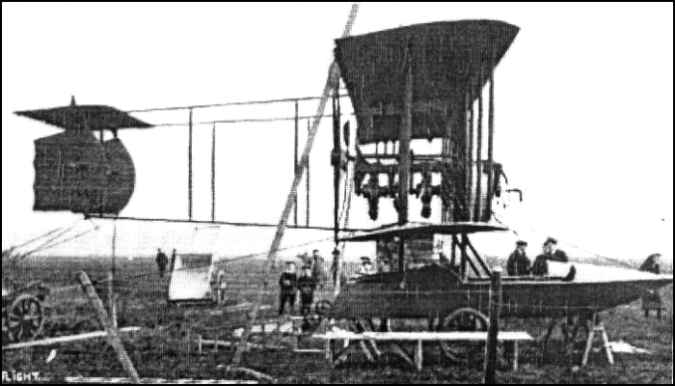|
Flightgobal/archive serious about aviation WELCOME The Flightglobal Archive invites you to explore 100 years of aviation history as it appeared in the original pages of Flight Magazine from 1909-2005. * Every issue of Flight Magazine published between 1909-2005, digitally scanned and fully searchable * Thumbnail browser interface allowing for rapid issue viewing * Save and print your favourite articles * Topic pages, plus unique archive photo and cutaway galleries * 100% FREE ACCESS – forever. In fact we’re positively encouraging you to link to, copy and paste from, and contribute to the development of this unique record of aerospace and aviation history * Read our FAQs The Flightglobal Archive is a collaborative and ongoing project. We welcome your input in growing our topic categories and discovering hidden gems within the depths of time. If you find something of interest that you want to share with us and other Archive visitors then let us know You will find a wealth of material on Gordon England in this incredible resource. You can access it by clicking on the title. |
| April 12, 1913 |
| A NEW British-built waterplane of great interest has been constructed at Huntingdon by James Radley in collabora-tion with Gordon England, who is acting as his engineer and designer. Both have had great experience in aviation, | machine in which the accommodation for six passengers has been provided at the outset, and has formed of necessity a basic factor governing the proportions of the aeroplane as a whole. |
 |
| the former as a practical pilot, and the latter, not only as a pilot, but as a designer of successful machines. , In their joint effort they have made a bold attempt to advance aeroplane construction a definite step by building a machine which is designed in the first instance to carry six passengers. Other machines have carried as many passengers or even more upon occasion, but this is a | The machine is a waterplane, and the pilot and five passengers are seated, three in each of the two boat-like floats upon which the machine rests when it alights on the water. In the right-hand float is the accommodation for the pilot, and two seats for passengers are arranged behind him, while the three other passengers occupy corresponding seats in the other float. |


|